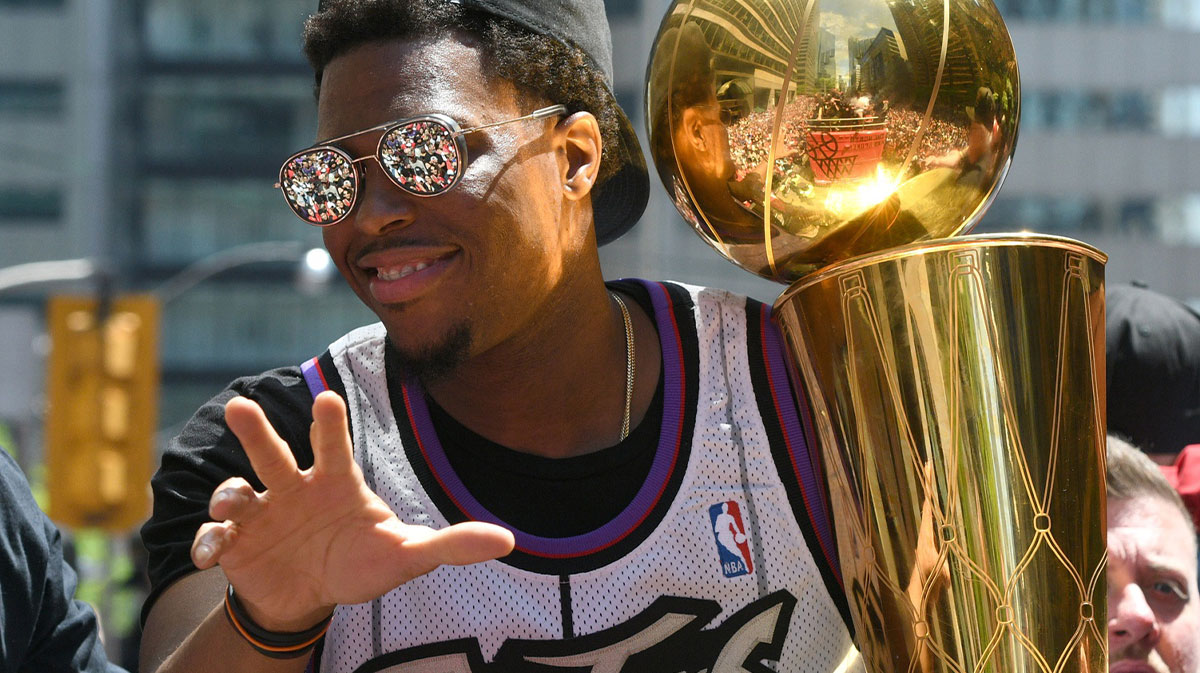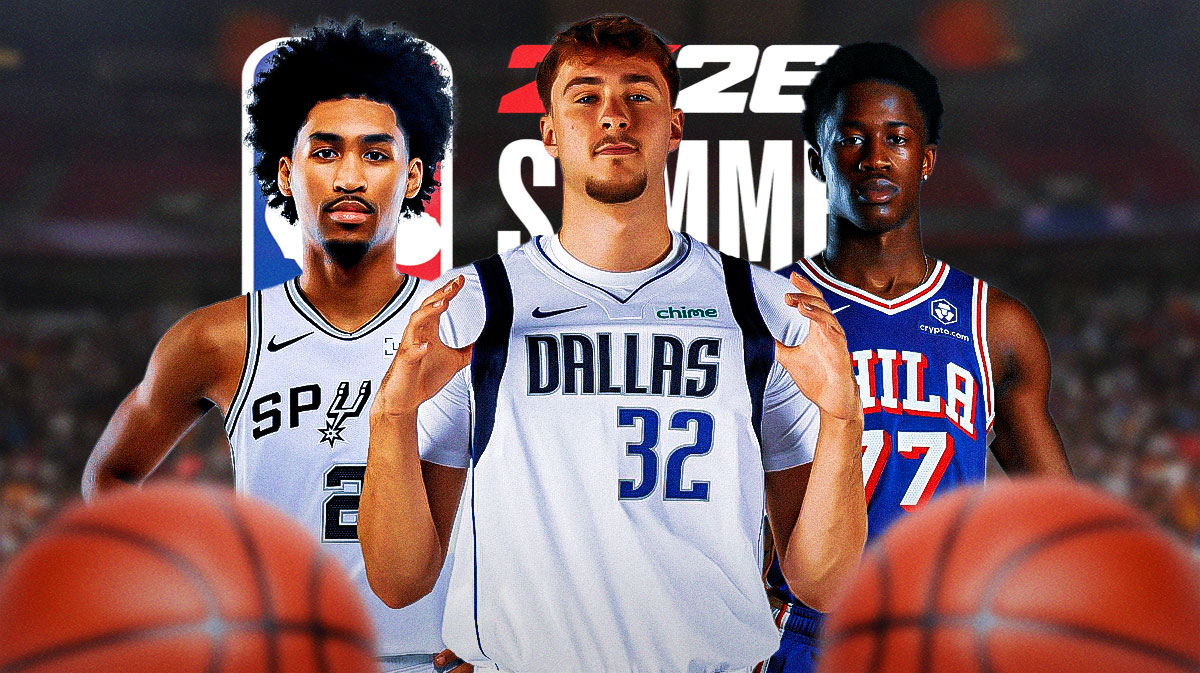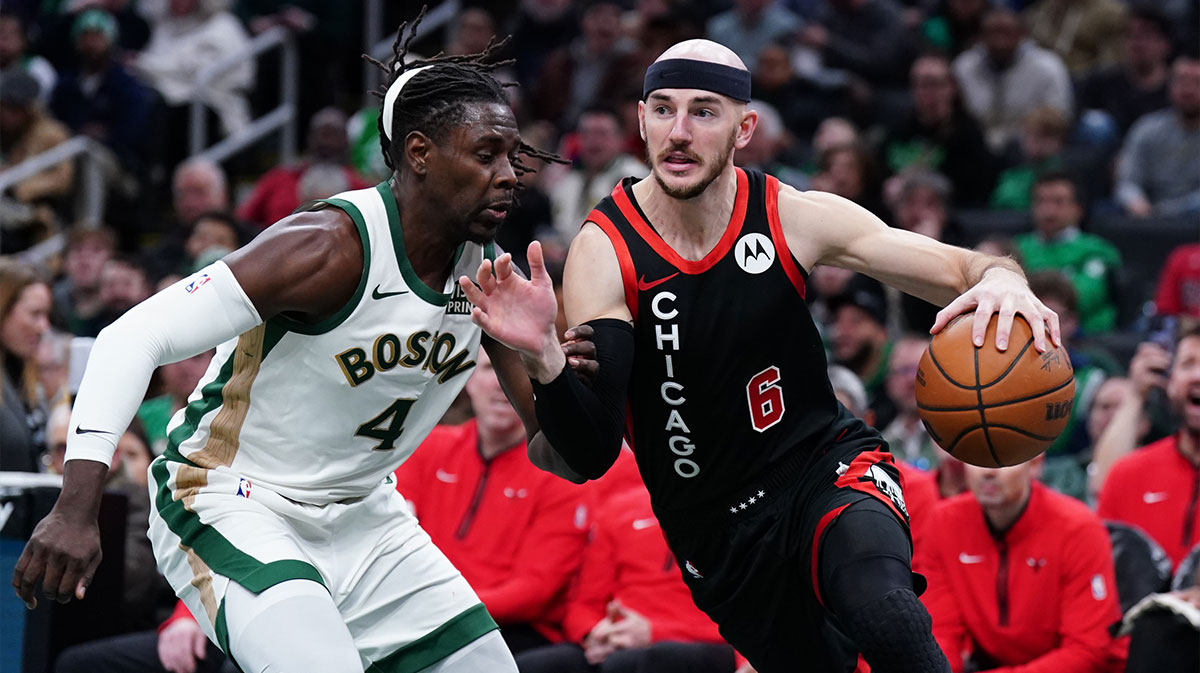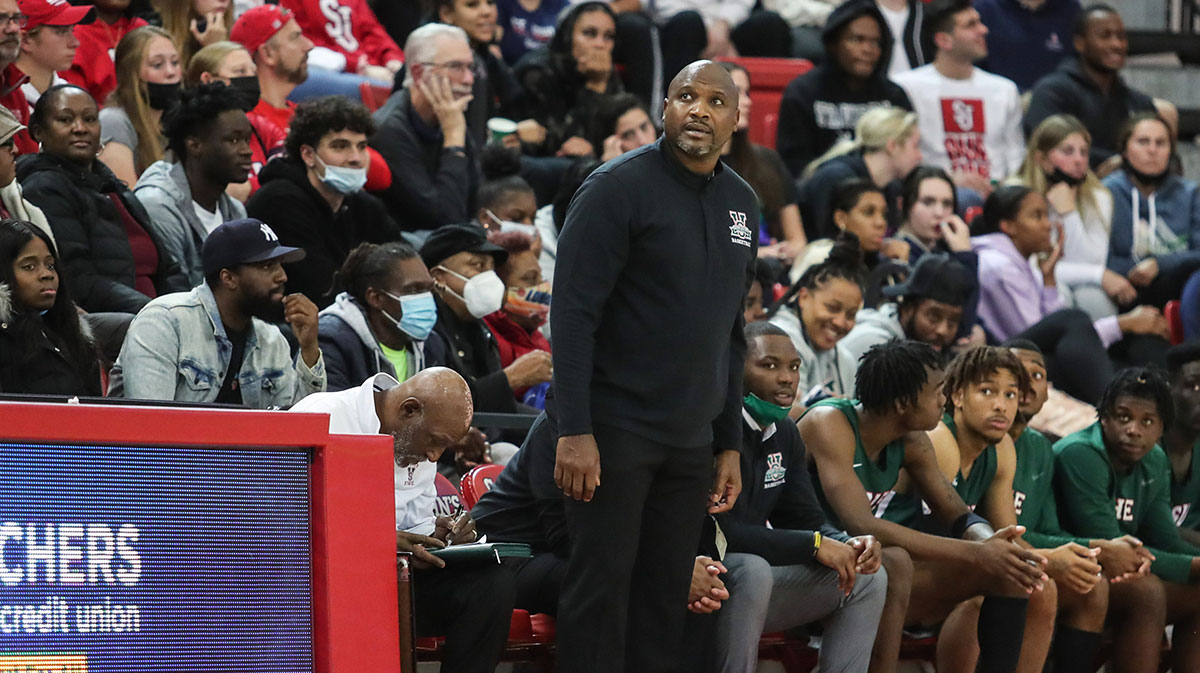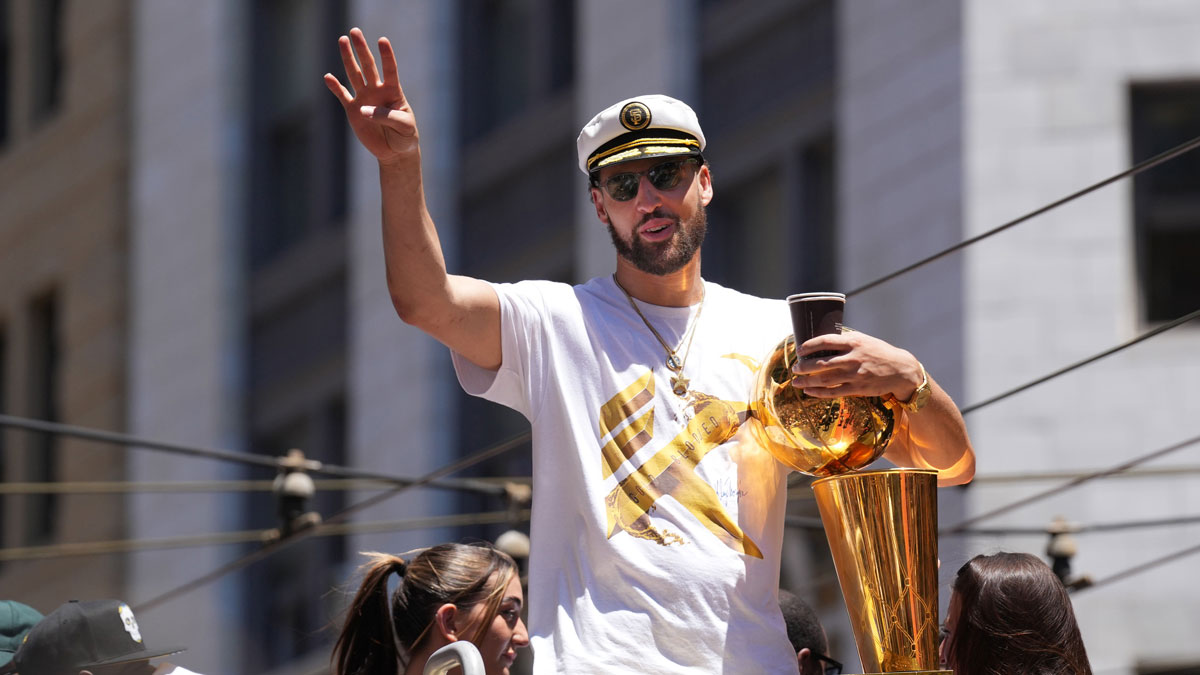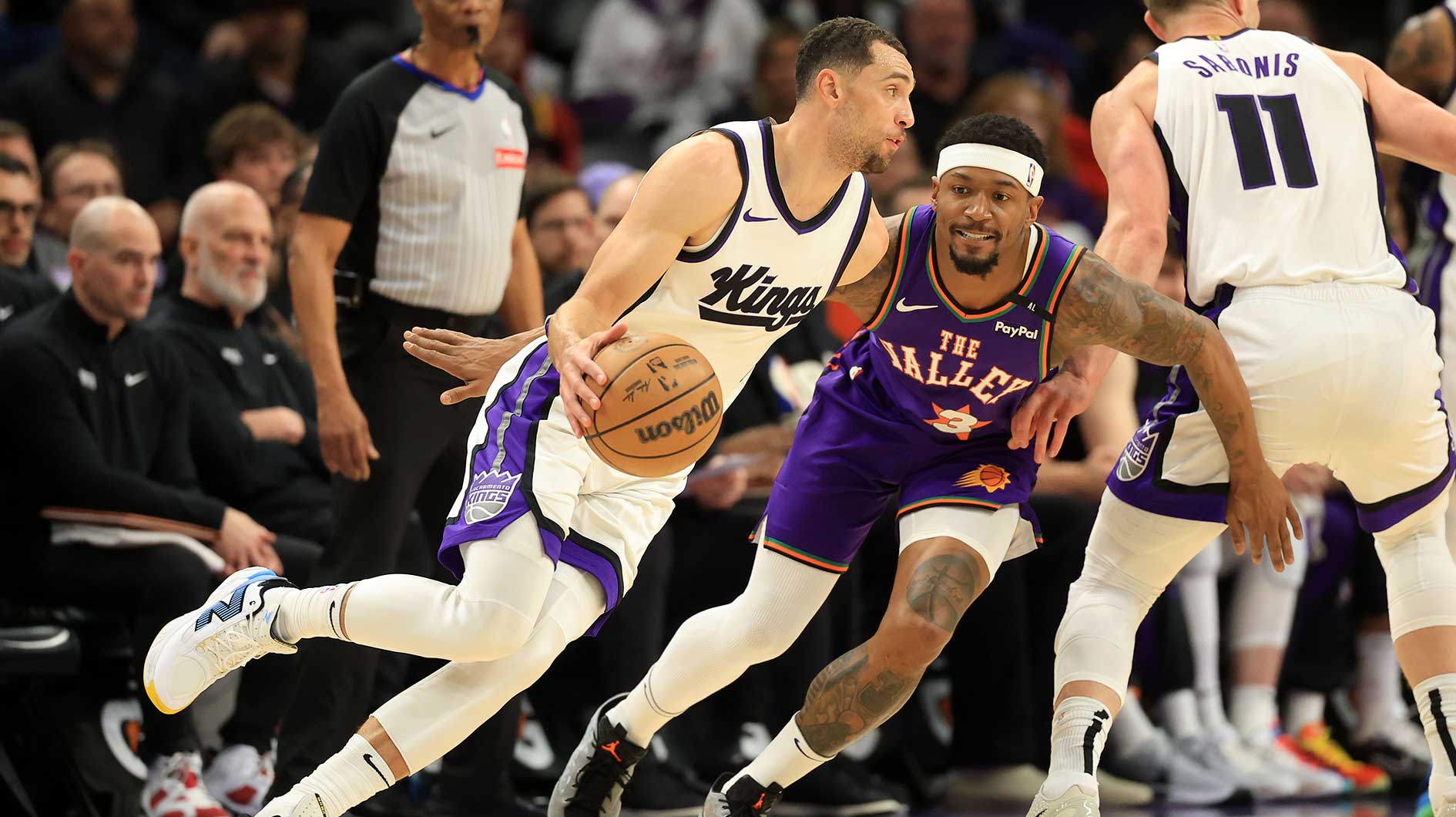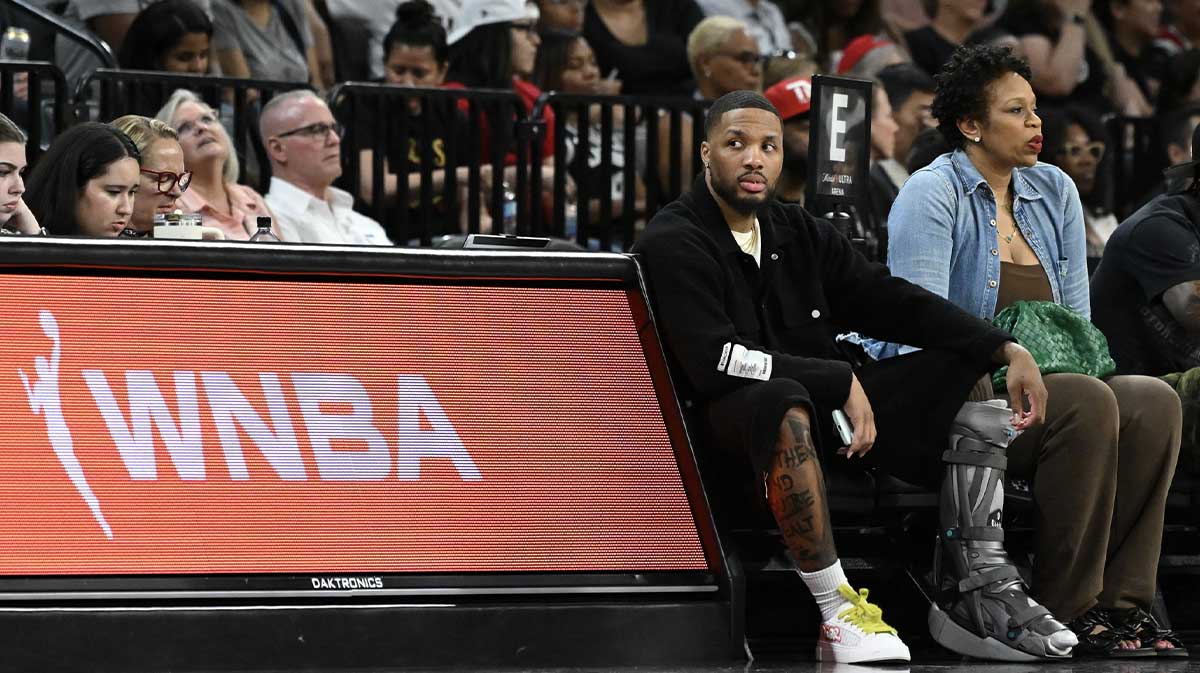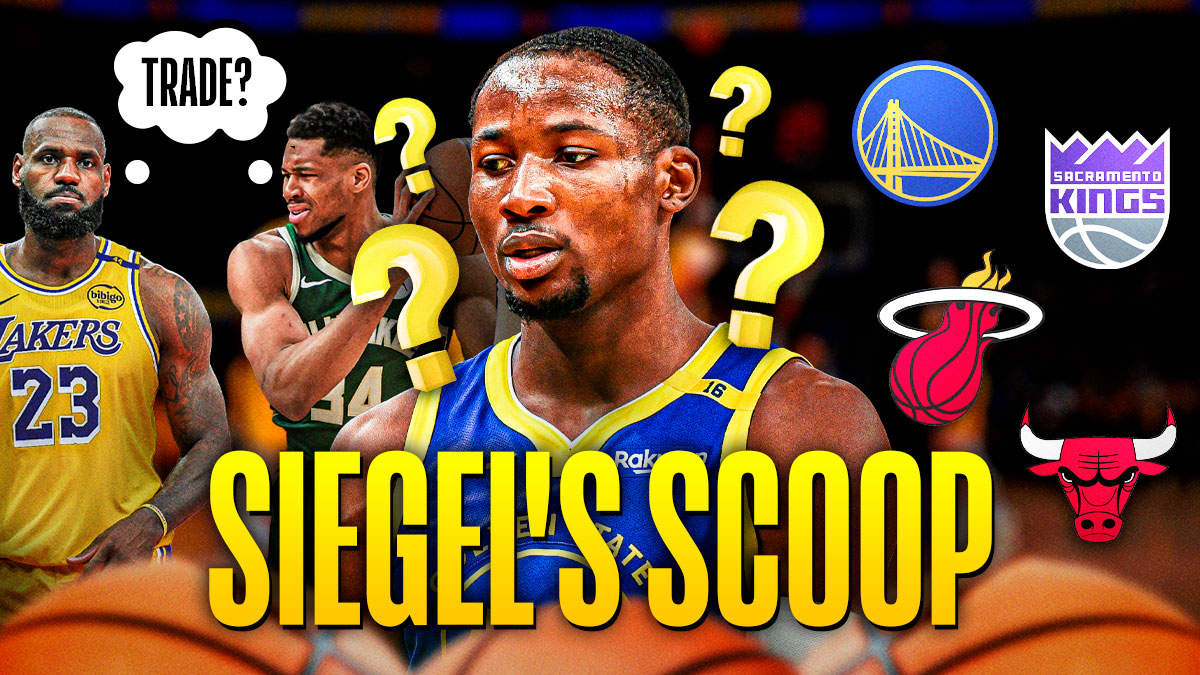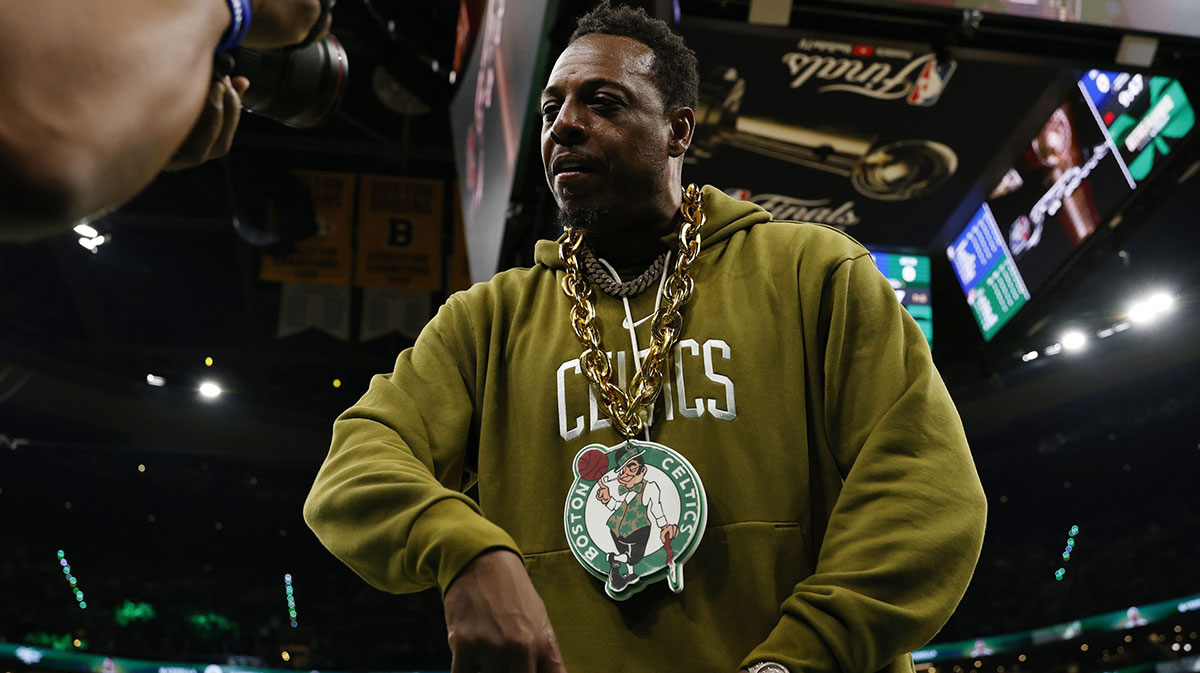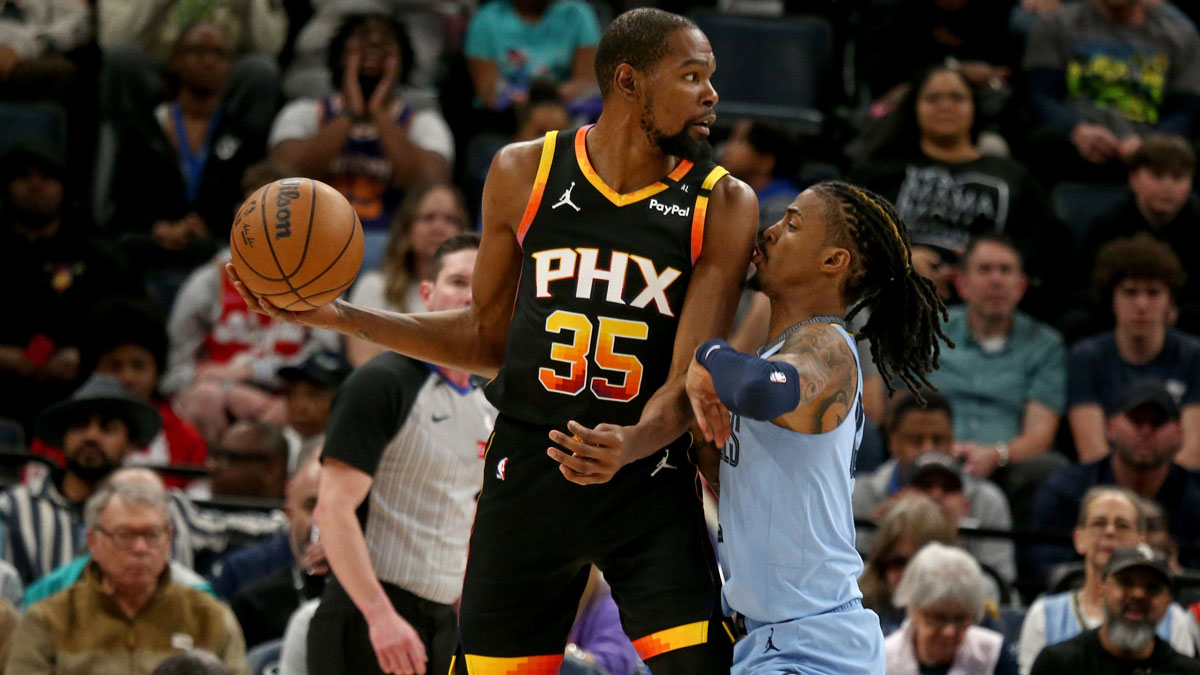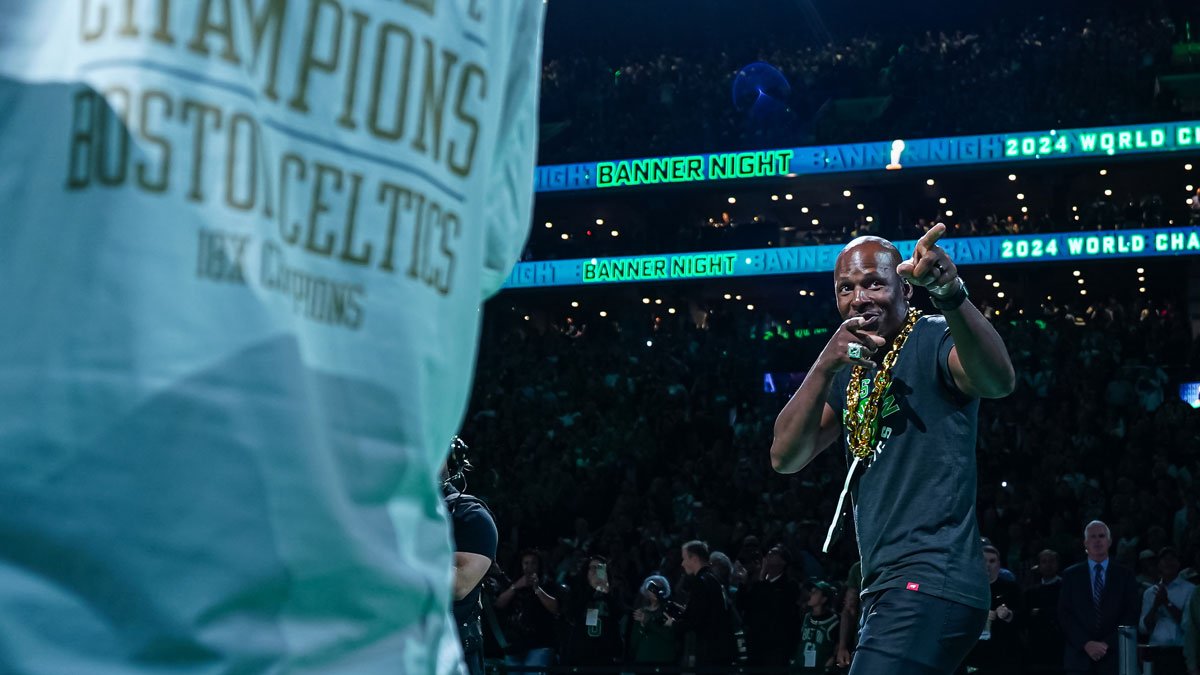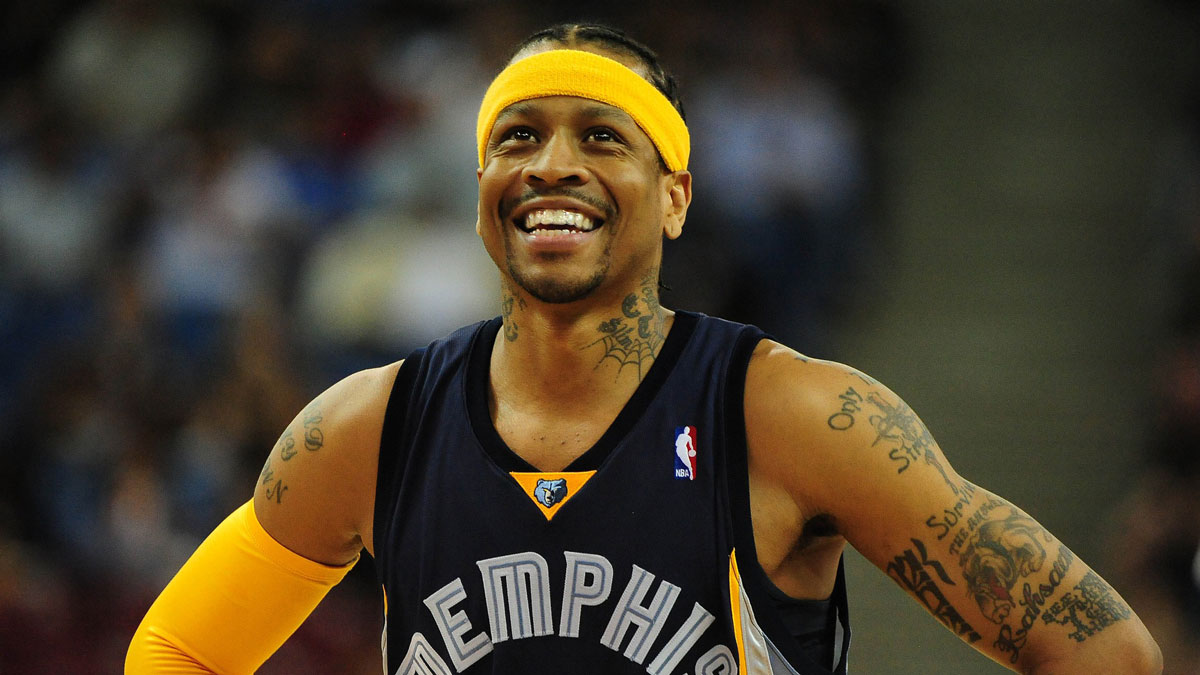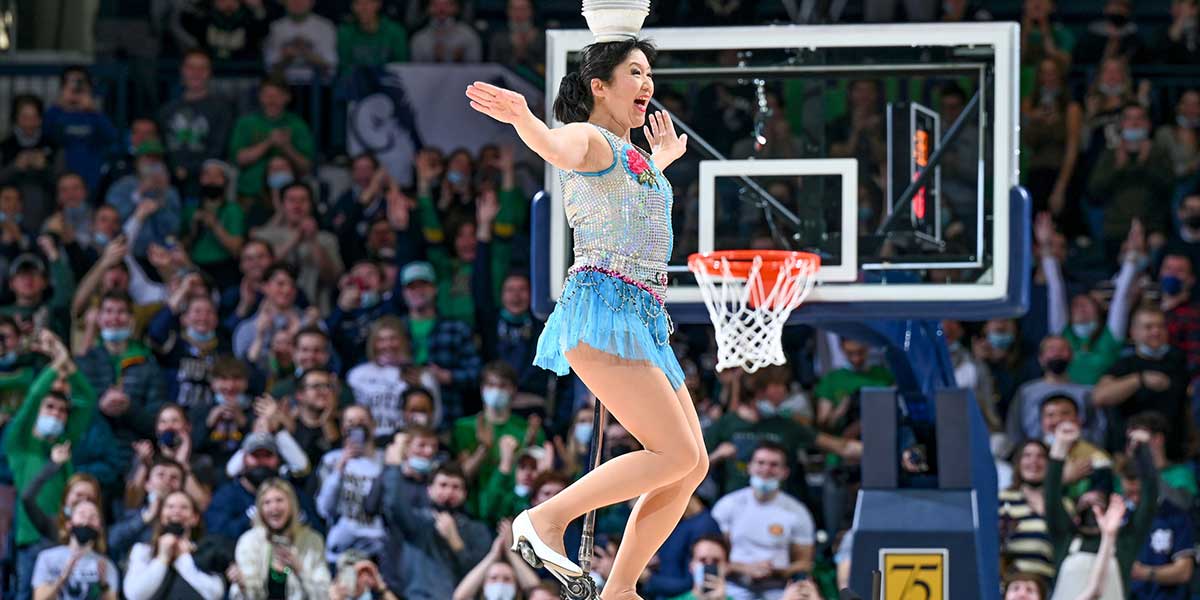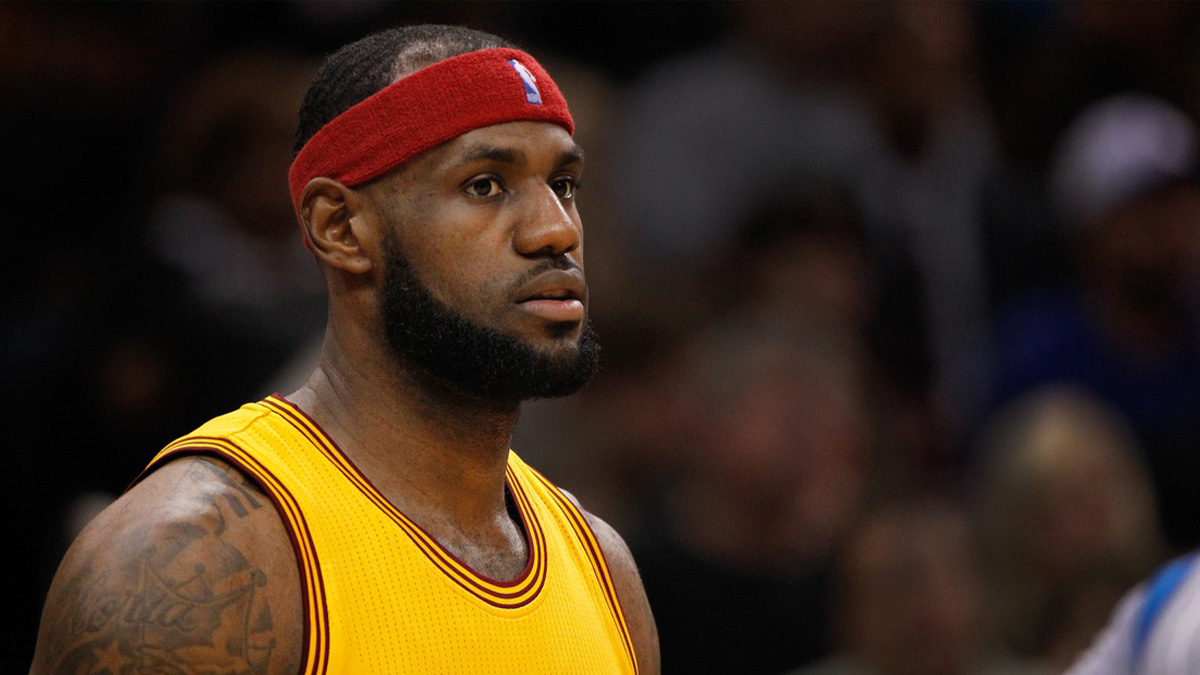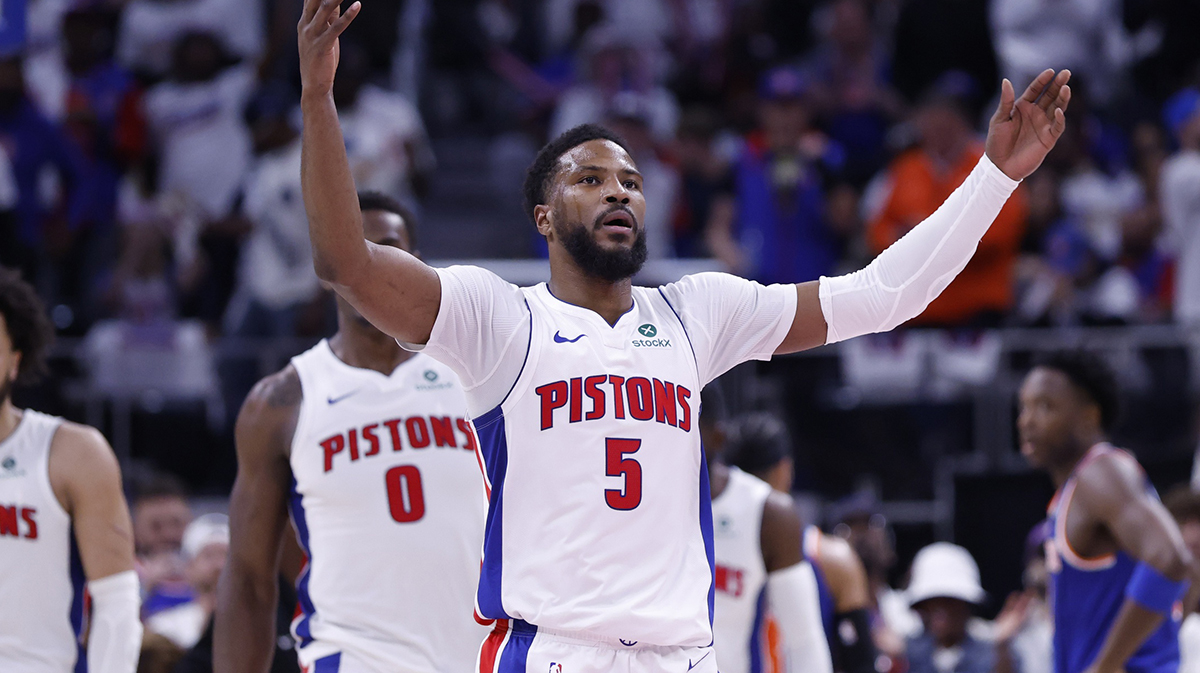In just a few hours, all of the 2019 NBA Draft speculation, hype and buildup will be over. Draft day is upon us, and we're all eager to see how the dominoes will fall after Zion Williamson inevitably lands No. 1.
Thanks to the colossal haul they received in the Anthony Davis trade, the New Orleans Pelicans have the No. 4 pick in addition to the No. 1 pick. Will they ship that draft slot for a proven player, or will they add another rookie alongside Williamson? Another team to watch closely is the Atlanta Hawks, who have six picks to work with.
Based on what we've seen from the prospects and everything we've learned about each team, here are our final pre-draft projections. These selections are what we think each time will do, not necessarily what they should do.
*Stats and draft order updated as of June 20
1. New Orleans Pelicans: Zion Williamson, Duke PF (6-7, Fr.)
It's been an eventful offseason so far for the Pelicans. First, they hired former Cavaliers' general manager David Griffin to be their Vice President of Basketball Operations. Then they won the lottery and the rights to mega-prospect Zion Williamson. And now they've traded the Brow in exchange for a slew of picks and players.
They'll kick things off Thursday night by officially adding Williamson to their rebuilding process. After that, it's a matter of pushing the right buttons to surround Williamson, Holiday and the former Lakers with optimal support.
2. Memphis Grizzlies: Ja Morant, Murray State PG (6-3, So.)
Morant remains the favorite to join the Griz, who were fortunate to land so high in a draft that doesn't have much depth. The Racers' sophomore standout is one of the few players in this class with tangible star potential, thanks to his creativeness off the dribble and end-to-end agility. A minor procedure on his knee shouldn't affect his draft status or his long-term outlook.
Not only did he lead the NCAA in assists per game (10.0) and assist percentage (51.8, per sports-reference.com), he also led the country in points produced per game with 27.7. The tradeoff was 170 turnovers; taking better care of the ball is on his to-do list as he enters the pro ranks.
3. New York Knicks: R.J. Barrett, Duke G/F (6-7, Fr.)
I'm not the biggest fan of Barrett's playing style, and I wasn't sold on him as a top-3 prospect for a while. But I have warmed up to him lately because his size and talent should thrive in tomorrow's NBA. Given how the game is officiated and how much space guards have in today's league, he'll have a great chance to excel.
Barrett's knack for slashing and scoring will be a welcome sight in Madison Square Garden. New York might whiff on all the marquee free agents, so the Canadian Blue Devil could be the Bockers' go-to creator. He'll be extremely difficult to guard if he sharpens his shooting touch and playmaking IQ.
4. New Orleans Pelicans: Jarrett Culver, Texas Tech G/F (6-7, So.)
Whether New Orleans keeps this pick or uses it as trade bait, it's a nice asset to have leading up to the draft. If the Pels hang on to it and add another youngster to the roster, I anticipate them targeting a versatile wing. De'Andre Hunter could be a target, but Jarrettt Culver would be a better fit. Texas Tech's standout is more versatile offensively, and he could play alongside Lonzo Ball, Jrue Holiday or both of them. He's a promising prospect as both a slash-and-shoot swingman and perimeter defender.
5. Cleveland Cavaliers: De'Andre Hunter, Virginia F (6-7, So.)
Hunter will bring airtight perimeter defense and scrappy interior stoppage to a Cleveland club that needs more of it. He can slide with drivers, swivel his hips to change direction and has outstanding timing and length to contest shots. During Virginia's run to the national title, he showed that not only is he a blue-collar contributor defensively, but a valuable floor spacer. While his shot-creating repertoire isn't as tight and advanced as most lottery wings, at least his three-point shooting will be a threat. Hunter has a smooth, repeatable motion that should translate efficiently to the NBA arc in the near future.
6. Phoenix Suns: Darius Garland, Vanderbilt G (6-4, So.)
Based on his recent last-minute workout with the Knicks, Garland's stock is very high. In most drafts, he might be a late-lottery type of guard, so he's fortunate that this draft is short on high-end talent outside the first couple of picks. He also might be benefitting from the small sample size at Vanderbilt due to his knee injury. We only saw him for five games, so there wasn't much of a chance to notice any concerning trends or deficiencies. If his glimpses of shot-creating, facilitating and shot-making are for real, he'll give Phoenix's backcourt a boost and create new schematic opportunities for Devin Booker.
7. Chicago Bulls: Coby White, North Carolina PG (6-4, Fr.)
Coby White needs to polish his floor general skills and his shooting efficiency in order to get the Bulls to a new level. He shot just 35 percent on two-point jumpers (per Hoop-math.com), along with 35 percent from the three-point arc. The good news is he has a combination of agility, craftiness and dexterity that many point guards don't have.
White did a nice job slicing his way to the hoop and scoring or dishing to teammates throughout his freshman campaign. He doesn't project to be an elite defender, but his energy and quickness will help on that end. And as for his shot, I think his shooting motion is workable. If he elevates the delivery a little and improves his shot selection, he'll be an above-average shooter.
8. Atlanta Hawks: Cam Reddish, Duke F (6-8, Fr.)
Reddish continues to be a puzzling draft case study. His jump-shot, 6-8 frame and ample athleticism demolish the eye test in workouts. And at times this past season, his scoring explosions hinted at outstanding upside. However, he wasn't reliable for the Blue Devils and shot just 51 percent at the rim.
At No. 8, the potential reward outweighs the risk for Atlanta. Even if Reddish achieves only 75-80 percent of what his best-case scenario is, that would be a highly productive player. He could pose matchup problems for other wings as he stretches the floor and delivers the occasional foray to the hoop.
9. Washington Wizards: Sekou Doumbouya, France F/C (6-9, 18 years old)
Speaking of matchup problems, France's latest rising prospect will give both small forwards and power forwards trouble. He owns a tall, strong 6-9 frame, along with the agility of a wing and noticeable shooting development.
Doumbouya's field-goal percentage, three-point percentage and true shooting percentage have climbed in each of the past three seasons. He might not be a top-tier shooter from the NBA arc right away (or ever), but his form and follow through suggest he'll be a respectable threat from deep. And although he's not a shifty ball-handler or a sharp playmaker, his finishing skills and rebounding prowess will add value to the Wizards' rotation.
10. Atlanta Hawks: Jaxson Hayes, Texas F/C (6-11, Fr.)
Thanks to their bushel of draft picks (six of them), Atlanta is a prime candidate to package this pick with others to try and move up. Whoever drafts at No. 10, whether it's the Hawks or not, will target Hayes if he's still available.
Texas' big fella is lanky, springy and plays with an edge. He had a catch-and-score role with the Longhorns, and his early contributions in the NBA will be similar. Hayes is at his best when diving to the rim via pick-and-rolls and weak-side cuts. He shot 87 percent near the hoop last season thanks to his sharp sense of timing and angles in traffic. As he improves his footwork and decision-making on defense, his natural shot-blocking talent will only become more potent.
11. Minnesota Timberwolves: Brandon Clarke, Gonzaga F/C (6-8, Jr.)
There is a wide range of opinions on Clarke. Some are ecstatic about his jet-propelled athleticism and energy as a defender and finisher, while others are wary about his age and height. I'm on the more optimistic side, and I believe a team like Minnesota in the late lottery will realize he's a tremendous two-way asset.
We know he'll be an effective at-rim scorer and will be disruptive defensively. But is his shooting legitimately useful? He upgraded his free-throw shooting this past season (69 percent) and his jumper looks much improved in pre-draft workouts; proving his competence in games is another story.
12. Charlotte Hornets: Nassir Little, North Carolina F (6-6, Fr.)
Little's game isn't as refined as most wings in the lottery. His draft value is based on physical gifts and all-around upside. At Chapel Hill, he flashed stretches of acrobatic finishing, stout defense and a small sampling of outside shooting. According to Bleacher Report's Jonathan Wasserman, Little's pre-draft endeavors have impressed decision makers and boosted his draft value:
“A reserve at North Carolina, Little has used the pre-draft process to win over executives during interviews and shooting drills,” Wasserman noted. “He needs to improve his feel for the game, but he has an impressive frame—6-foot-6, 220 pounds with a 7-foot-1 wingspan—and is more skilled than he was able to show off North Carolina's bench.”
13. Miami Heat: P.J. Washington, Kentucky PF (6-8, So.)
The best prospect on the board might simultaneously be a great fit for Miami's frontcourt rotation. Washington's rebounding and increased scoring skills would help support the Heat's primary weapons. He'll crash the offensive glass, convert rim dives and also execute pick-and-pops.
He improved his per-minute scoring, passing, rebounding and shot-blocking last season, as well as his three-point percentage and free-throw percentage. That notable uptick across the board suggests he'll continue to expand his game in South Beach.
14. Boston Celtics: Goga Bitadze, Georgia C (6-11, 19 years old)
Shams Charania from The Athletic reported that Boston is preparing to possibly lose both Al Horford and Kyrie Irving in free agency. This makes the Celtics' draft selection just a tad more important, but it shouldn't change their draft strategy.
They shouldn't try to replace Kyrie's playing style or Horford's production with one player. They should take the best player, and European standout Goga Bitadze is a strong candidate. His pick-and-roll instincts, footwork and dexterity will make an early impact while he irons out the rest of his game.
15. Detroit Pistons: Keldon Johnson, Kentucky SG (6-6, Fr.)
Big Blue Nation's second draftee has many of the tools and potential teams want in a 2-guard. There's some shake to his slashing repertoire, he can score from mid-range (42 percent on two-point jumpers), and his three-point shot looks translatable. He also delivers defensive intensity consistently, which is what teams need in the backcourt. Detroit could use a 2-guard or small forward in its rotation, so Johnson is a sensible choice in the mid-first round.
16. Orlando Magic: Nickeil Alexander-Walker, Virginia Tech (6-5, So.)
This is the same projection we made in our last mock. The Magic still need shooting, and Alexander-Walker is still probably the most valuable all-around swingman on the board. He'll offer steady results as an off-ball threat who stretches the defense, and he could also serve as a part-time ball-hander. He gave Virginia Tech a nice mix of 18.9 points and 4.6 assists per 40 minutes as a sophomore, including 47 percent on two-pointers and 37 percent on triples.
17. Atlanta Hawks: Rui Hachimura, Gonzaga PF (6-8, Jr.)
Again, it's unlikely the Hawks will keep all three of their first-round picks. If No. 17 is one of the keepers, Hachimura will be snatched up quickly if his name hasn't been called yet. The Bulldogs' anchor will be a productive NBA scorer, thanks to his size, agility and promising scoring development. Hachimura will spend most of his time as the 4 on that end.
I'm not as keen on his defensive potential. He's not as nimble when guarding drivers, and more importantly, his defensive awareness is not as sharp as you'd like from an upperclassman.
18. Indiana Pacers: Tyler Herro, Kentucky SG (6-6, Fr.)
Indy could use an influx of youth in its backcourt, and it also needs to splash a few more three-pointers. They ranked 28th in the NBA with just 9.7 treys per 100 possessions last season (per Basketball-reference.com). Enter Herro, whose shooting stroke is both smooth and swift and whose off-ball shot preparation is terrific. Although He's landing behind his teammates P.J. Washington and Keldon Johnson in this mock, there's still a chance he could get drafted before them and outplay them.
19. San Antonio Spurs: Romeo Langford, Indiana G (6-6, Fr.)
Langford has several enticing qualities, such as his size, length, and a knack for finishing smoothly around the bucket. But outside shooting is a huge part of today's game, and that's one of his biggest question marks. One NBA scout explained the dilemma to Seth Davis of The Athletic:
“His shot is fixable, but he has to want to get after it and be enthusiastic, and I haven’t seen that so far… He can become better as a shooter, but I don’t know if he’ll ever be great at it. His shooting isn’t broken, it just needs work.”
20. Boston Celtics: Kevin Porter Jr., USC G/F (6-5, Fr.)
In recent weeks, Porter's perceived draft value seemed to dip. However, he got a last-minute invite to the NBA Draft Green Room, which means his stock is still good enough to land in the mid-to-late first round. Despite his midseason suspension and relatively small sample size of game footage, his athletic playing style looks like it will translate to the Association.
He looks comfortable creating his own shot off the bounce, and with some polishing, he could own a solid jumper. Porter also needs to cut down on the turnovers; he had one of the five worst turnover percentages among shooting guards in ESPN's top 100 prospect database (per Realgm.com's Rafael Uehara).
21. Oklahoma City Thunder: Cameron Johnson, North Carolina SF (6-9, Sr.)
The Johnson-to-OKC marriage makes loads of sense in a couple of ways. The Thunder are a playoff team in win-now mode, so they'll favor prospects who are more NBA-ready, within reason. They're also in need of role players who can space the floor and make room for Russell Westbrook and Paul George to be creative. Johnson offers dependable three-point accuracy as well as good instincts and touch inside the arc. He'll mesh well with OKC's stars, and hopefully it will be a mutually beneficial environment.
22. Boston Celtics: Bol Bol, Oregon C (7-2, Fr.)
There are some extremely exciting reasons to draft Bol, and there are some deeply unnerving reasons to hold off on celebrating. The towering teenager possesses a nearly unmatched combination of length and shooting finesse, so he'll score from any spot on the court. He will also close a lot of vertical and horizontal gaps defensively with his length. Unfortunately, he has such a high center of gravity and an ultra-slender frame, so his strength and durability are substantial concerns. At No. 20, the Shamrocks should test their luck.
23. Memphis Grizzlies: Chuma Okeke, Auburn F (6-8, So.)
As part of Wednesday's Mike Conley trade with Utah, the Grizzlies gained the Jazz's No. 23 draft slot. They'll use this new opportunity to target a young forward who fits their culture and their functional needs.
Okeke is a smart, resourceful player as a scorer, playmaker and team defender. He'll give Jaren Jackson and presumed draftee Ja Morant support by maintaining ball movement and hitting open triples. As Jackson Frank of Liberty Ballers noted, Okeke was uncommonly elite at shooting and defense in college:
Players in Sports Reference’s database to shoot 38+% from 3, post a steal rate of 3.5 percent and post a block rate of 5.5 percent (min. 100 3PA):
Robert Covington
Chuma Okeke— Jackson Frank (@jackfrank_jjf) June 18, 2019
24. Philadelphia 76ers: Nicolas Claxton, Georgia C (6-11, So.)
Ever since the NBA Draft Combine, Claxton's draft stock has climbed. And the fact that he was invited to the Green Room suggests NBA teams are increasingly intrigued by his skills. He offers good length (7-foot-2.5 wingspan) for a combo big man, scores deftly in the paint, and can put it on the deck a little bit. Claxton also showed the beginnings of mid-range and long-range shooting ability as a sophomore. His rim-protecting upside is equally important; Claxton swatted 123 shots in his two years for Georgia and led the Bulldogs in defensive rating, defensive box plus/minus and defensive win shares.
25. Portland Trail Blazers: Matisse Thybulle, Washington G/F (6-5, Sr.)
At this stage in the draft, Thybulle's defensive talent is worth a flyer, even if his offense is unspectacular. The Blazers will likely make defense a point of emphasis with several of their moves this summer, and drafting the Huskies' veteran is a good start.
Thybulle's instincts, IQ and physical gifts will enable him to check two or three positions in the NBA. It might take him time to adjust to playing man-to-man against elite scorers after playing mostly zone the past couple of seasons at Washington. And if you want to put a positive spin on his offense, he shot 36 percent from three-point range in his college career, and shot 85 percent from the free-throw line this past season.
26. Cleveland Cavaliers: Mfiondu Kabengele, Florida State F/C (6-10, So.)
Cleveland is still reeling from LeBron James' departure a year ago, and the road back to respectability will be long. As the Cavs look to reshape their frontcourt, Florida State's skilled forward could be a key part of the solution.
Kabengele does three things well that every late-first round general manager surely noted. Firstly, he can score around the hoop with strong pivots, spins, and ambidextrous finishes. Next, he shows early promise from the three-point line, hitting 37 percent of his 65 attempts in 2018-19. Lastly, his defensive energy and activity are well above average.
27. Brooklyn Nets: Grant Williams, Tennessee PF (6-8, Jr.)
After trading away their other first-round pick (No. 17), this is the Nets' highest draft slot in 2019. General Manager Sean Marks will take a hard look at Williams, who would instantly make the Nets frontcourt more skilled.
Whether the Nets sign Kyrie Irving or re-sign D'Angelo Russell, Williams is the type of complementary player who can score or facilitate, depending on what the stars need. The Vols' upperclassman will also bring stout interior defense, although he won't be too switchable on the perimeter.
28. Golden State Warriors: Luka Samanic, Croatia F (6-11, 19 years old)
Croatia's teenage forward has some key areas to address. Most notably, his shooting release could be a bit smoother and he'll need to bulk up in order to tangle with NBA bigs. On the plus side, he moves well for his size and handles the ball well. Kevin O'Connor of The Ringer explains
“He has good footwork no matter the situation; he’s a patient post scorer yet a decisive attacker against closeouts or when rolling to the rim via cuts and screens…Active off-ball player who cuts, runs the floor hard in transitions, and relocates to get open for 3s; he’d be best suited for a fast-paced, motion-based offense.”
29. San Antonio Spurs: Bruno Fernando, Maryland C (6-10, So.)
If this was the 2000 NBA Draft, Fernando might be a lottery pick. He's built like a freight train, flies like a jet and scores emphatically at the cup. His perimeter jump shot is unproven, however, and he can't consistently create his own shot. Fernando also isn't ready to play fundamentally sharp defense right out of the gate. The Spurs will gradually incorporate him into their system and work on his deficiencies, several of which are workable.
30. Detroit Pistons: Darius Bazley, USA F (6-9, 19 years old)
After initially committing to Syracuse, and then the G-League, Bazley wound up sitting out 2018-19. He worked out privately and interned at New Balance, and he still could land in the first round with Detroit. Why? He possesses above-average athleticism and length, along with smooth ball-handling skills for his size. Bazley creates his own buckets quite well for a 6-foot-9 teenager, and a couple more years of grooming will turn him into a competent NBA scorer.

